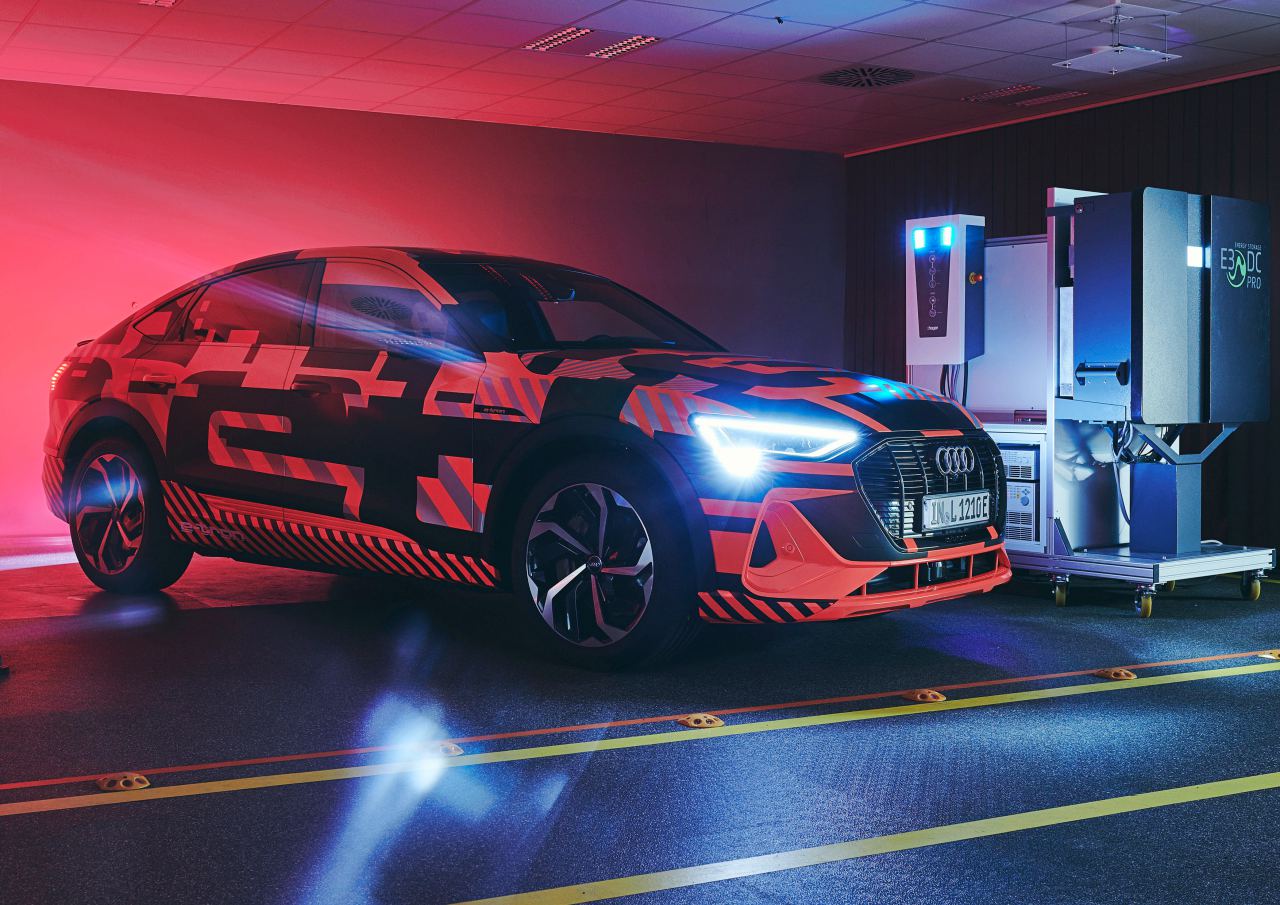One of the main mantras of critics of the electric car is always the idea that with the massive implantation, problems will come so that the electrical network can support the simultaneous recharging of these. Something that will not only be a problem as long as the necessary updates are carried out in the densest areas but also the connection of millions of batteries to the network will make the most of the current systems by using smart charging technologies, such as charging bidirectional.
Thanks to this, we will be able to increase the stability of the network and even reduce the cost of electrical energy by taking greater advantage of sources such as renewable energies whose intermittency may be compensated with the use of batteries.
This is the vision pursued by different manufacturers who have seen the enormous future potential of a V2G or V2H technology that in practice will facilitate new uses such as the incorporation of the electric vehicle into the home network.
This is precisely the core of a research project in which Audi and the Hager Group are working on bi-directional charging possibilities, which offers great advantages, especially when combined with a photovoltaic system. The surplus energy from the solar photovoltaic installation can be temporarily stored in the vehicle’s battery to be used when necessary, for example at night, the hours of greatest cost of electricity, and even during blackouts.
In this way, customers will be able to reduce the cost of their installation by not using a stationary battery, which takes a large part of the budget at present, using the vehicle’s battery for this task. A formula that complements the production compensation rates that some markets, such as ours, have, makes it possible to take full advantage of the installation in the economic sphere.
As the number of electric vehicles in circulation increases, so does the number of mobile energy storage units. This offers great potential, as long as the storage capacity can be used intelligently. For this, Audi has set itself to research and develop a solution that allows economic advantages and offers greater security in terms of supply: bi-directional loading.
“Electric mobility is bringing the automotive industry and the energy sector closer. The battery in an Audi e-Tron can power a single-family home independently for about a week. Looking to the future, we want to make this potential accessible to the user, so that the electric car becomes part of the energy transition as an energy storage device on four wheels”, explains Martin Dehm, Technical Director of the bidirectional charging project Audi.

